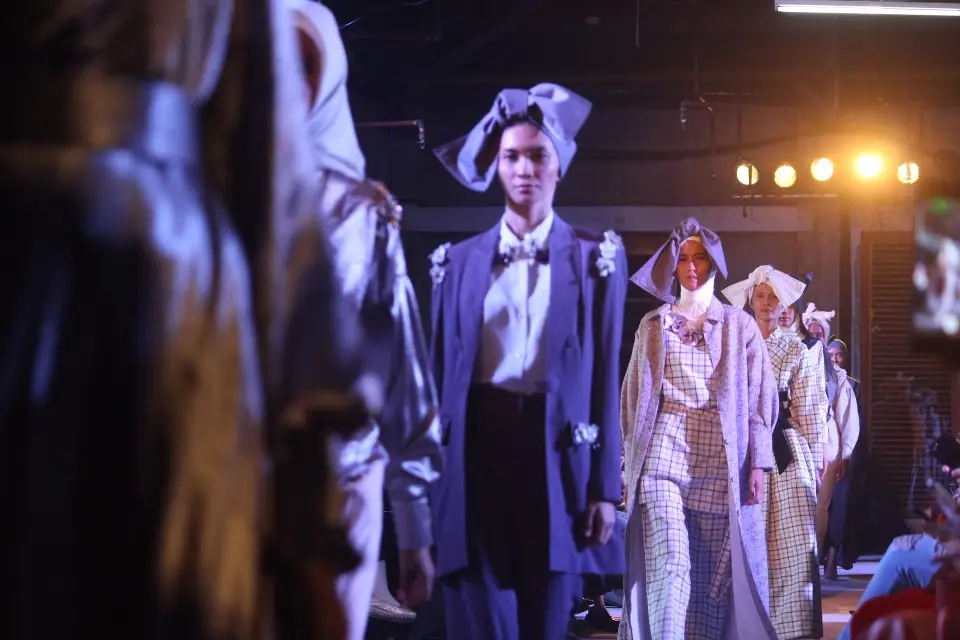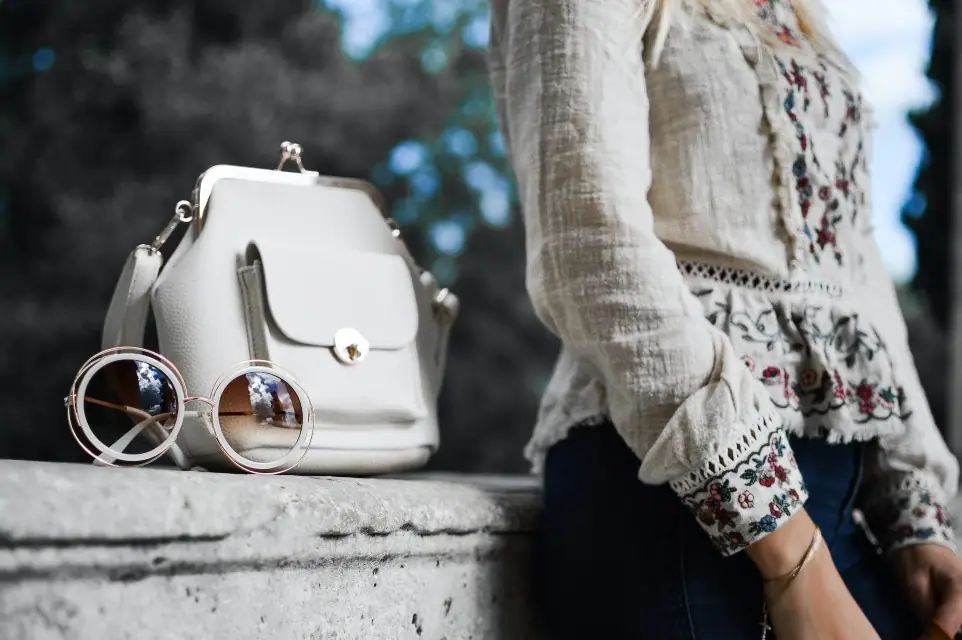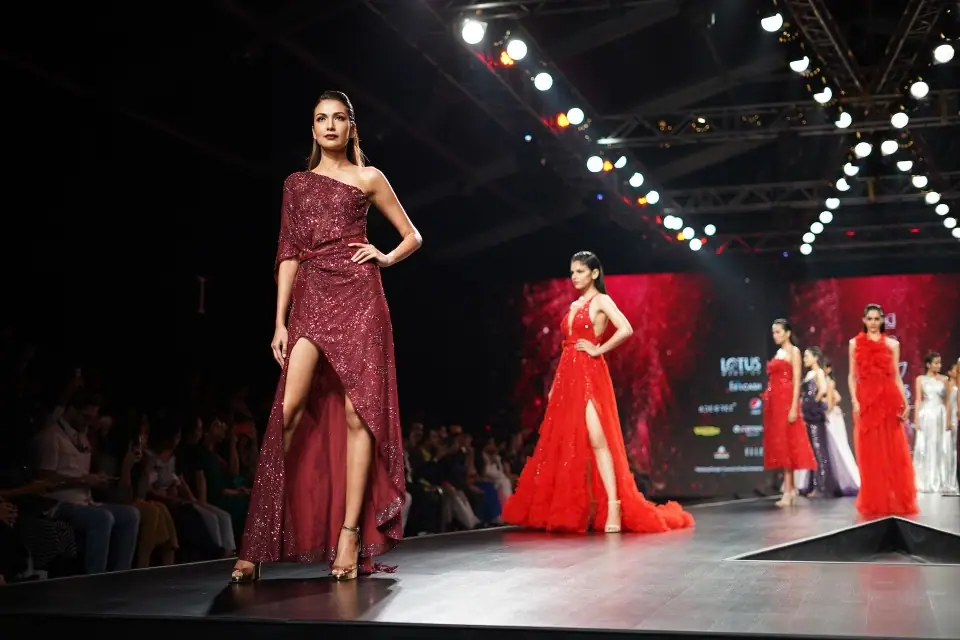Fashion design is the captivating realm where creativity converges with wearability, crafting a unique language of expression through clothing and accessories. This intricate process combines artistry, functionality, and cultural influence to birth the styles that adorn runways and fill wardrobes across the globe.
The Essence of Fashion Design
At its core, fashion design is the creative process of conceiving and creating apparel and accessories. It involves a meticulous blend of aesthetics, functionality, and innovation, reflecting the ever-evolving tastes and preferences of society. Fashion designers, often referred to as the architects of style, play a pivotal role in shaping trends and influencing the way we perceive and embrace clothing.
The Creative Journey: From Concept to Catwalk
Fashion design begins with inspiration, drawn from various sources such as art, nature, or cultural movements. Designers then sketch their ideas, envisioning silhouettes, colors, and textures. With advancements in technology, many designers now use computer-aided design (CAD) to bring their visions to life in a digital format.
Once the initial design is finalized, the next step involves selecting fabrics and materials. This decision significantly impacts the garment’s look, feel, and functionality. Skilled craftsmanship comes into play during the cutting and sewing phases, where attention to detail is paramount.
Fashion designers also stay attuned to market trends, consumer preferences, and societal shifts. This adaptability ensures their creations resonate with a diverse audience. The final product, whether displayed on runways or available in stores, serves as a tangible embodiment of the designer’s artistic expression and cultural awareness.

Diverse Styles, Shared Passion: Specializations in Fashion Design
Haute Couture Mastery
Haute couture, or high fashion, represents the pinnacle of fashion design. Characterized by exquisite craftsmanship and attention to detail, haute couture garments are custom-made for individual clients. This specialization demands unparalleled skill, with designers often pushing the boundaries of innovation.
Ready-to-Wear Revolution
Ready-to-wear fashion, in contrast, caters to a broader audience. These designs are mass-produced and more accessible, aligning with current trends and market demands. Designers in this category balance creativity with commercial viability, delivering stylish yet practical clothing for everyday wear.
Textile Alchemy
Some designers specialize in textile design, creating unique fabrics and patterns. This specialization explores the interplay of texture, color, and pattern, offering a distinct contribution to the fashion landscape.
What qualifications are required to become a fashion designer? While formal education in fashion design is beneficial, creativity and a keen sense of style are equally crucial. Many successful designers have a combination of academic training and hands-on experience through internships or apprenticeships.
How long does it take to become a fashion designer? The journey to becoming a fashion designer varies. A formal degree program typically takes three to four years, but aspiring designers can also gain valuable experience through internships or entry-level positions, accelerating their career trajectory.

What role does technology play in fashion design? Technology has revolutionized the fashion design process. Computer-aided design (CAD) allows designers to create, modify, and visualize their designs digitally. Additionally, advancements in sustainable technologies are influencing eco-friendly practices in the fashion industry.
How do fashion designers stay ahead of trends? Fashion designers stay informed about trends through extensive research, attending fashion shows, and keeping a pulse on societal and cultural shifts. Collaboration with trend forecasters and market analysts also helps designers anticipate and respond to emerging trends.
Is fashion design limited to clothing, or does it include accessories? Fashion design extends beyond clothing to encompass accessories such as jewelry, handbags, and footwear. Designers specializing in accessories contribute to the overall aesthetic of an ensemble, creating cohesive and visually appealing looks.
In Conclusion: The Ever-Evolving Tapestry of Fashion Design
Fashion design is a dynamic interplay of creativity, skill, and cultural awareness, weaving together a tapestry that reflects the essence of our times. From haute couture to ready-to-wear, designers shape the way we express ourselves through the garments we wear. As the fashion industry continues to evolve, so does the role of the fashion designer—a visionary artist navigating the ever-changing landscape of style.

